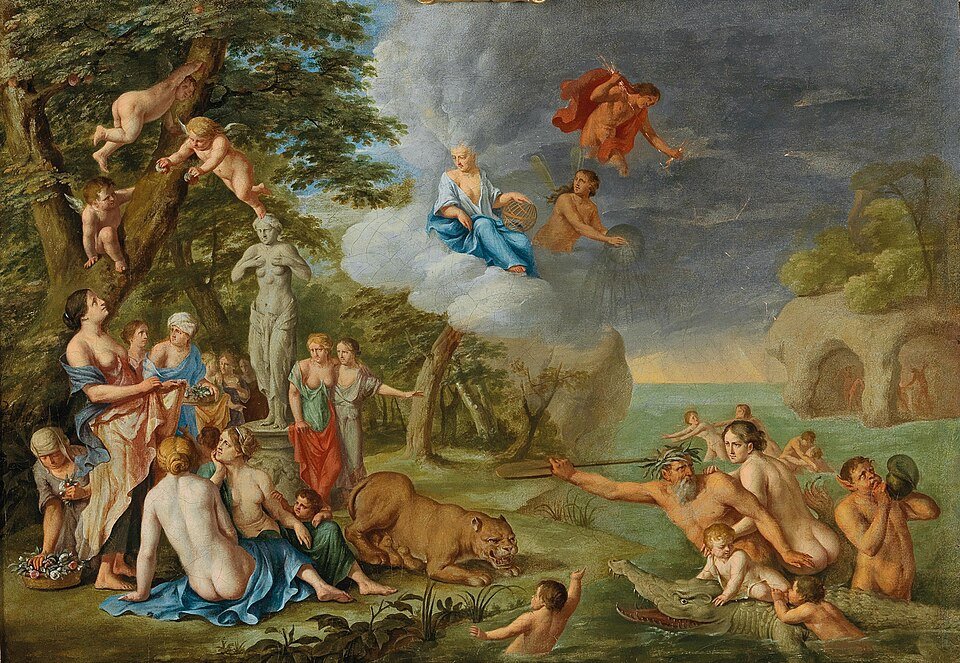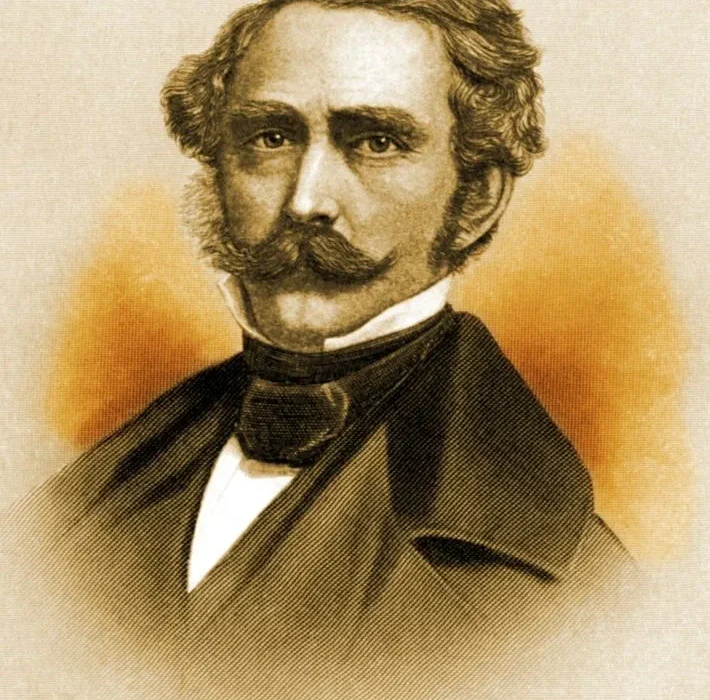From the earliest days of human civilization, long before writing systems were invented or formal religions established, people told stories—stories of gods and monsters, of heroes and tricksters, of the birth of the world and the end of days. These were not mere entertainment. They were myths, and they held a deeper truth: the truth of the human psyche.
Mythological stories are not random fantasies of primitive peoples. They are symbolic narratives that give voice to our deepest fears, desires, and questions. Why are we here? What happens after death? What is good? What is evil? Myths are how we first explored these questions—not with science or philosophy, but with metaphor, imagination, and narrative.
But what lies beneath these myths? Why do similar themes appear in different cultures across time and geography? Why do dragons, floods, underworlds, and sky gods recur again and again? What do these stories tell us not just about the cosmos, but about ourselves?
This is the realm of psychological mythology—a fascinating intersection where ancient stories meet the inner workings of the human mind. In this exploration, we will journey through the archetypes, symbols, and narrative patterns that make mythologies so enduring and meaningful. And in doing so, we will see how the myths we once told still shape who we are.
The Birth of Myths: Why We Tell Stories
Before we had science to explain lightning, or psychology to explain dreams, we had myths. Myths emerged out of a primal need to make sense of the world—a world that was often confusing, dangerous, and overwhelming.
Imagine living in a world without electricity, medicine, or maps. A storm is not just a meteorological event—it is the wrath of a sky god. A disease is not an infection—it is a curse or punishment. The sun’s daily rising and setting, the changing seasons, the rhythm of life and death—all needed explanation. And so humans turned to narrative.
Stories gave structure to chaos. They personified nature’s forces. They created cosmic dramas in which humans played a role. But beyond the external world, myths also gave shape to the inner world—our emotions, instincts, conflicts, and dreams. They allowed us to project our inner experiences onto the cosmos, and in turn, find a sense of meaning and identity.
In essence, myth was the first psychology.
Carl Jung and the Collective Unconscious
Any exploration of myth and psychology must begin with Carl Gustav Jung, the Swiss psychiatrist who radically reshaped how we understand both.
Jung believed that myths are not arbitrary. They are the product of the collective unconscious—a shared layer of the human mind that transcends individual experience. Unlike the personal unconscious, which holds forgotten or repressed memories, the collective unconscious contains universal patterns he called archetypes.
These archetypes are not inherited memories, but primordial forms that manifest in dreams, myths, religions, and art. They include figures like the Hero, the Mother, the Shadow, the Wise Old Man, and the Trickster. When a myth tells of a hero’s journey or a battle with a monster, it’s expressing a deep psychological truth—not just about a culture, but about all of us.
To Jung, mythology was a symbolic language of the psyche. The gods and demons, the heavens and underworlds, were all metaphors for inner psychological forces. And because these patterns are universal, myths from different cultures often resemble each other—not because they copied one another, but because they express the same human psyche.
The Hero’s Journey: A Map of Inner Transformation
One of the most famous and psychologically rich mythic patterns is the Hero’s Journey, or the monomyth, a concept developed by mythologist Joseph Campbell. Drawing from Jung’s work, Campbell identified a common structure in myths from all over the world.
The Hero’s Journey typically follows this pattern:
- Departure – The hero leaves the familiar world after a call to adventure.
- Initiation – The hero faces trials, battles monsters, and receives aid from mentors.
- Return – The hero comes back transformed, often bearing wisdom or a gift for their community.
This pattern isn’t just a story—it’s a psychological metaphor. It reflects the process of personal transformation, of facing the unknown parts of ourselves, integrating the shadow, and emerging stronger and wiser.
When we read or hear a hero myth, we aren’t just entertained—we’re subconsciously recognizing our own journey. The dragons we must face are inner fears. The mentors are our inner wisdom. The journey is our own individuation—the psychological process of becoming a whole, integrated self.
Whether it’s Odysseus, King Arthur, Luke Skywalker, or Moana, the hero’s tale is our tale.
The Archetypes: Mythical Characters of the Mind
Let’s explore some of the key Jungian archetypes that populate mythological stories—and what they represent psychologically.
The Hero is the ego—the conscious self, struggling for identity, meaning, and mastery. The hero must leave the known world and confront danger, which symbolizes psychological challenges: fear, desire, doubt, and suffering. In myth, slaying a dragon is a metaphor for overcoming inner demons.
The Mother represents nurturing, creation, and the source of life. She may appear as a loving goddess like Isis or Demeter, or as the Terrible Mother—destructive and engulfing, like Kali or Medusa. This duality reflects our complex feelings toward dependency and growth.
The Shadow is the dark part of the self—the repressed desires, fears, and impulses we deny. In myth, the shadow appears as monsters, enemies, or temptresses. To grow psychologically, we must confront and integrate the shadow rather than destroy it.
The Wise Old Man or Mentor is the inner guide—our intuitive wisdom. In myths, he may be Merlin, Gandalf, or a talking animal. His advice helps the hero through the darkest parts of the journey.
The Trickster is chaos incarnate. He disrupts order, breaks rules, and exposes hypocrisy. Loki, Coyote, and Anansi are all tricksters. Psychologically, the trickster challenges rigidity and forces creativity and change. He is the shadow’s playful side.
These archetypes aren’t “characters” in the usual sense—they are parts of ourselves, dressed in mythic form.
Myths as Emotional Maps
Another function of myth is to express and regulate emotion. Ancient people couldn’t sit in a therapy office and process their trauma—but they could tell a story.
Take the myth of Persephone—abducted to the underworld, separated from her mother Demeter, causing winter to fall upon the earth. On one level, it’s a story of the seasons. But on a deeper level, it’s about loss, grief, transformation, and the psychological journey through darkness.
Or consider the myth of Prometheus, who defied the gods by giving fire to humans, and was punished eternally. This isn’t just a tale of rebellion—it speaks to the pain of creativity, the cost of progress, and the tension between order and freedom.
Myths give shape to feelings that are too vast, too primal, to express directly. They are the dreams of culture—filled with symbols, metaphors, and emotion. When we hear a myth, we may not analyze it intellectually, but we feel its truth in our bones.
The Sacred and the Sublime: Religion as Mythos
Many myths became the foundation of religions. The stories of gods and prophets, of divine creation and apocalypse, are not separate from psychology—they are expressions of it.
Religious myths give ultimate meaning to life and death. They personify moral values and spiritual longing. They help people cope with suffering, uncertainty, and the fear of mortality.
The story of Christ’s crucifixion and resurrection is a profound psychological myth: the ego must die for the self to be reborn. The Buddhist journey of enlightenment is a hero’s journey inward. The Hindu tales of Vishnu’s avatars speak to the idea of transformation and the cyclical nature of existence.
Even atheists resonate with mythological themes. We see it in modern stories, in film, literature, and art. The hunger for myth is a hunger for meaning—and the psyche, whether religious or not, always seeks it.
Dreams and Myth: The Language of the Unconscious
Dreams and myths come from the same source: the unconscious mind. That’s why they often resemble each other in their logic, imagery, and symbolism.
Freud saw myths as expressions of repressed desires, particularly sexual and aggressive instincts. For example, the myth of Oedipus, who unknowingly kills his father and marries his mother, became central to Freud’s theory of psychosexual development.
Jung, however, viewed myths and dreams as symbolic—not literal. A dream of falling might not mean fear of failure, but a descent into the unconscious. A snake might symbolize rebirth, danger, or sexual energy.
Myths, like dreams, speak in symbols, not facts. They are not about what literally happened, but about what it means. When we understand a myth psychologically, we are decoding the language of the soul.
Cultural Myths and Collective Identity
Every culture tells stories that define who they are. These cultural myths shape collective identity, values, and worldview.
The American myth of the “self-made man,” the frontier hero who overcomes obstacles through grit and courage, echoes the Hero’s Journey. It reinforces ideals of independence, ambition, and innovation.
In contrast, many Eastern myths emphasize harmony, humility, and balance—reflected in the Taoist concept of yin and yang, or the Buddhist ideal of letting go of ego.
Even political ideologies use myth. Nations mythologize their founders, their revolutions, their tragedies. These myths are not “lies”—they are psychological narratives that bind people together.
Understanding these cultural myths helps us see how our beliefs, fears, and aspirations are shaped not just by personal experience, but by shared psychological stories.
Modern Myths: Superheroes, Sci-Fi, and the New Pantheon
Today, many believe we live in a “post-myth” world. But mythology never dies—it evolves. Our modern myths appear in movies, novels, and comics.
Superheroes are our new gods. Superman, born on another planet and raised on Earth, is a messianic figure. Batman is the shadowed hero, haunted by trauma. Wonder Woman is a warrior goddess of justice.
Science fiction and fantasy offer entire mythic worlds. From Star Wars to The Matrix, from Harry Potter to Game of Thrones, these narratives retell ancient themes with modern symbolism.
Why are we so drawn to these stories? Because they are psychologically true. They reflect our fears (of power, control, annihilation), our hopes (for love, heroism, redemption), and our archetypal roles.
The stage has changed, but the play remains the same.
Conclusion: Myth as Medicine for the Soul
In a world driven by technology and science, myth might seem obsolete. But psychologically, myths remain essential. They offer symbolic guidance, emotional catharsis, and existential meaning. They remind us that human beings are not just rational creatures, but storied creatures—born not just to survive, but to understand ourselves through metaphor and imagination.
To study mythology is to study the human mind in all its depth and wonder. It is to walk the bridge between inner and outer worlds. And when we truly listen to a myth—not as a literal tale, but as a symbolic truth—we hear the voice of the psyche calling out across centuries.
The gods we once worshipped, the monsters we once feared, the heroes we once cheered—they never left us. They live within us, still whispering their stories, still guiding us through the great myth of being human.






